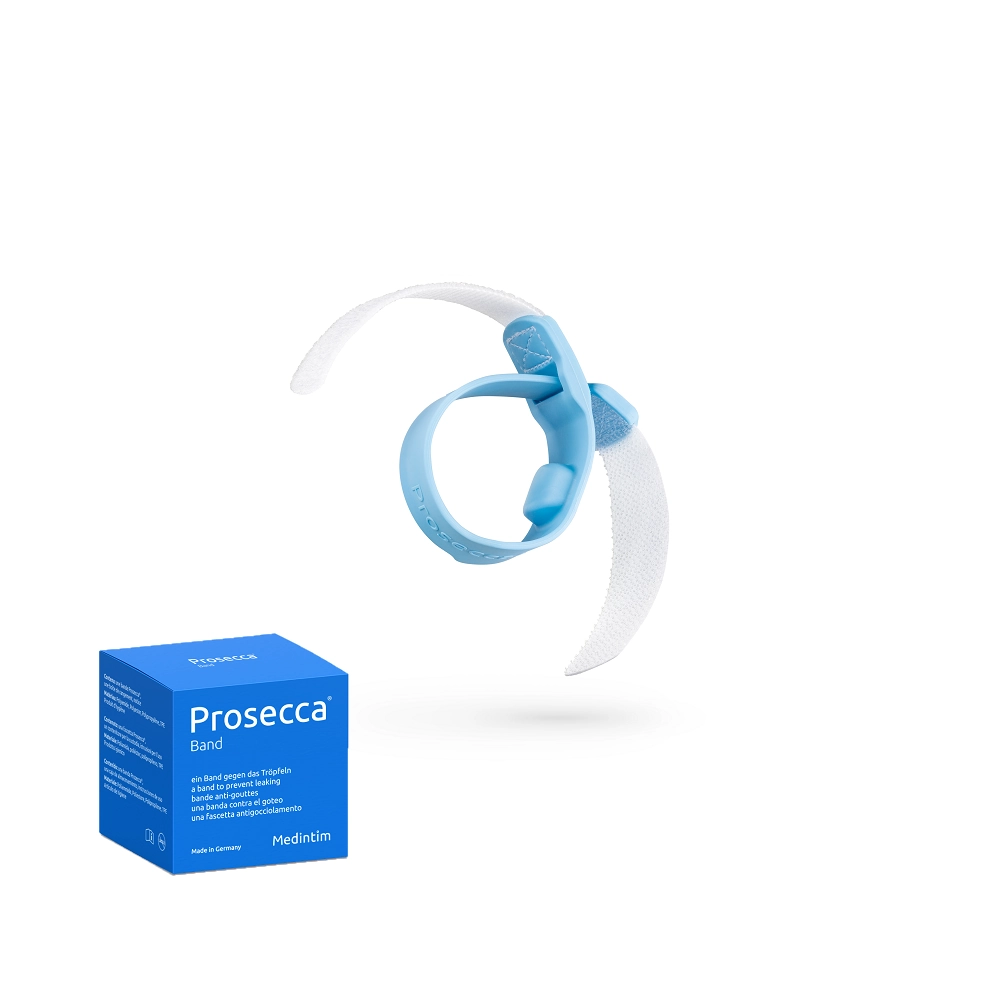Radiocystitis
A damaged bladder is called radiation cystitis. Due to radiation, part of the capillary network has been damaged or disappeared. This results in inflammation and thickening of the bladder lining, and bleeding wounds and ulcers.
Radiation damage to the bladder can lead to symptoms:
- Blood and blood clots in the urine
- Frequent urination
- Strong urge to urinate
Incontinence
Involuntary urine loss is also called incontinence. This is a common problem in Western countries, affecting about 15% of people. While incontinence is often associated with old age, it occurs at all ages. Women are more often affected than men.
This can have a significant impact on quality of life and sexuality.
There are different types of incontinence:
- Stress incontinence
- Urge incontinence
- Mixed incontinence
Stress incontinence
The most common form of involuntary urine loss is stress incontinence. Stress incontinence occurs at moments when the pressure in the abdominal cavity suddenly increases, such as during coughing, sneezing, jumping, and sports.
This is a problem of the urethra and pelvic floor, and less of the bladder. The urethra is squeezed shut by the pelvic floor muscles and a sphincter during rest or during sports. The muscles and tendons of the pelvic floor must be strong enough to properly close the urethra at times when pressure suddenly increases.
Urge incontinence
Urge incontinence is another form of involuntary urine loss. In this case, the urge to urinate is so strong that the toilet cannot be reached in time.
The bladder is extra irritable or overactive, the muscles of the bladder wall suddenly tense up at times when they shouldn’t. This squeezes the urine out of the bladder. Urge incontinence is also called overactive bladder.
Mixed incontinence
Mixed incontinence is a combination of stress and urge incontinence. The symptoms of urge incontinence are often the most prominent.
For men with mild to moderate incontinence, the Prosecca incontinence band can offer a solution.
Overactive bladder
With an overactive bladder, the bladder regularly signals that it is full when this is not the case at all. As a result, the brain receives a signal that you need to go to the toilet when it’s not necessary.
Patients with an overactive bladder often have a combination of the following complaints:
Frequently and very strongly feeling that you need to urinate.
Having to urinate very often: more than eight times a day and more than once a night.
Unable to hold your urine once you feel the urge.
Some people also experience problems with bowel movements or pain during intercourse.
If these complaints persist for a longer period and it has been determined that they are not bladder infections, there may be an overactive bladder.



